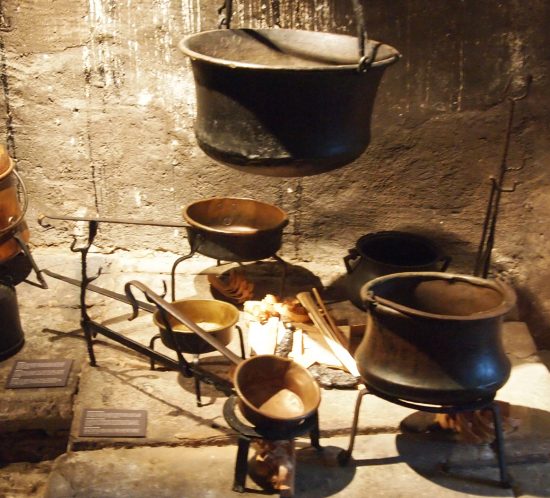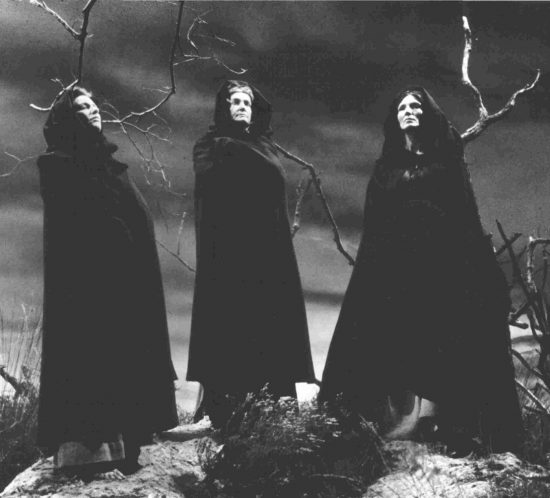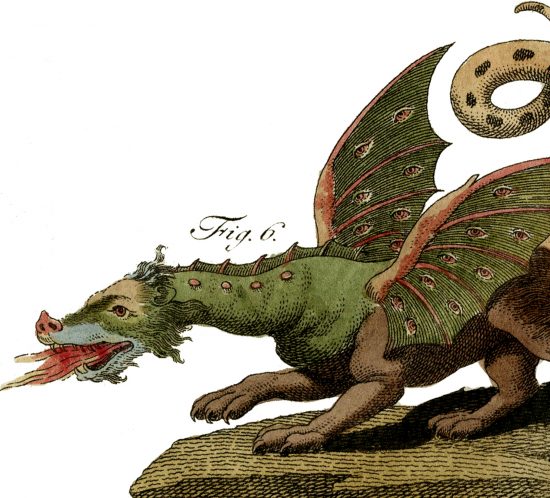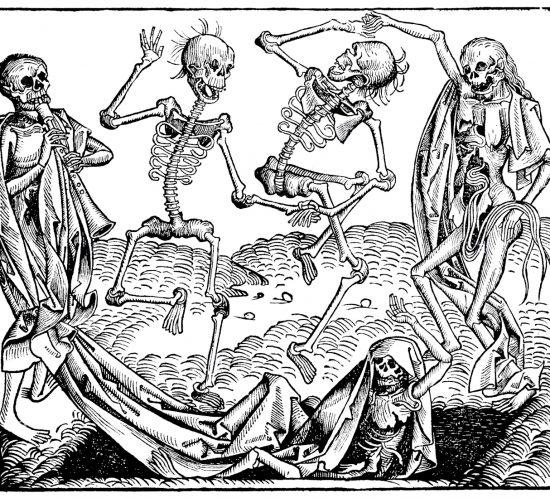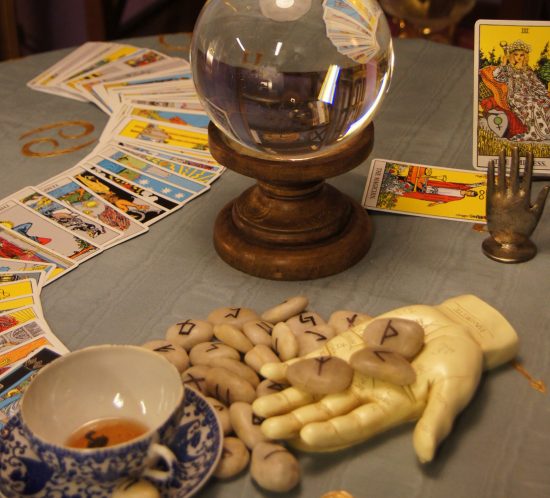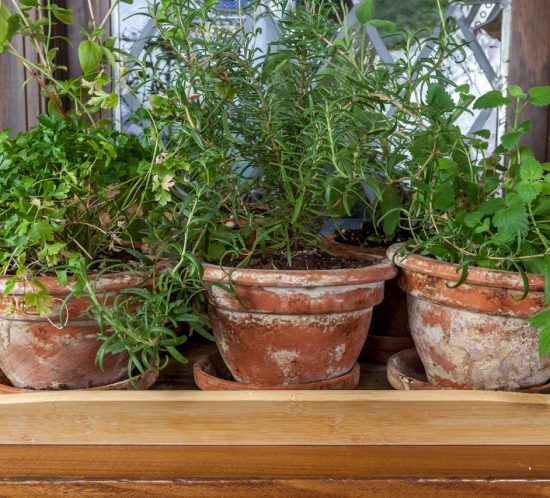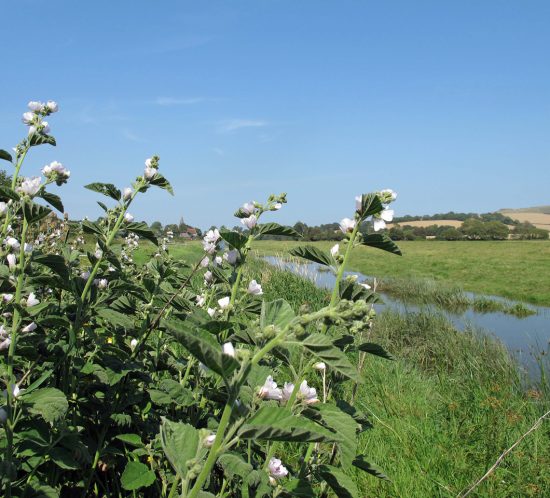So… what about that number 2 Pewter Cauldron in Harry Potter?
So… what about that number 2 Pewter Cauldron that J. K. Rowling specifies that the students at Hogwarts buy for their classes?
Are you shopping for a cauldron? Cauldrons have been sold by numbered sizes for many years in a system that is both orderly and practical. From tiny enough for incense to large enough to feed a crowd, cauldrons come in every size imaginable and that size is determined by capacity, the width and height and weight.READ MORE




